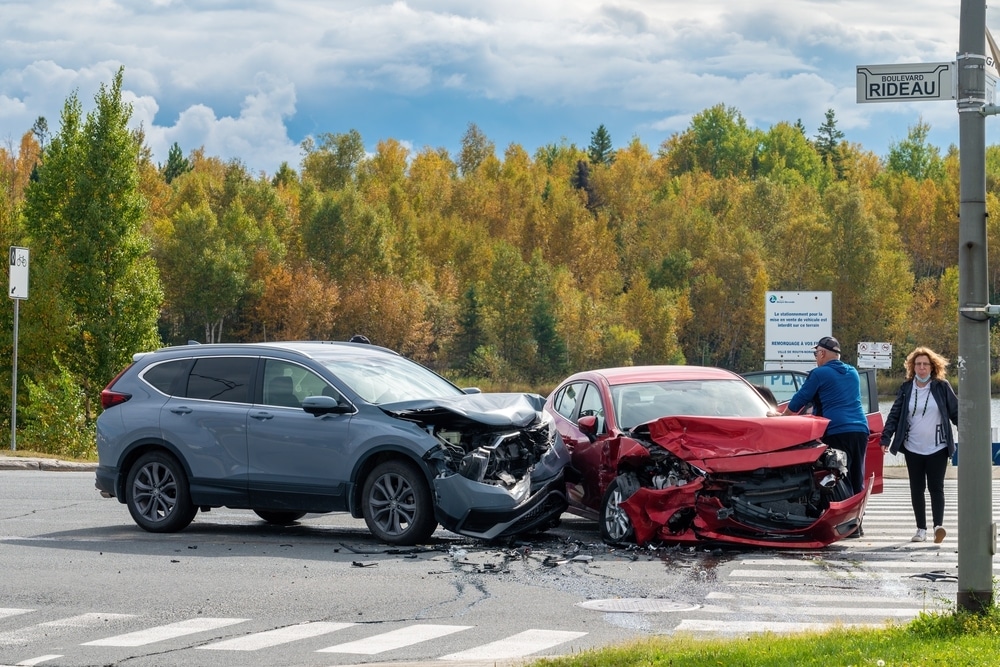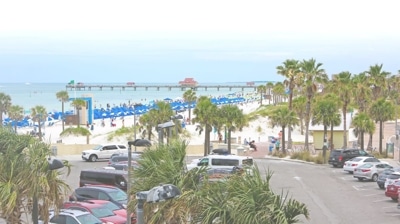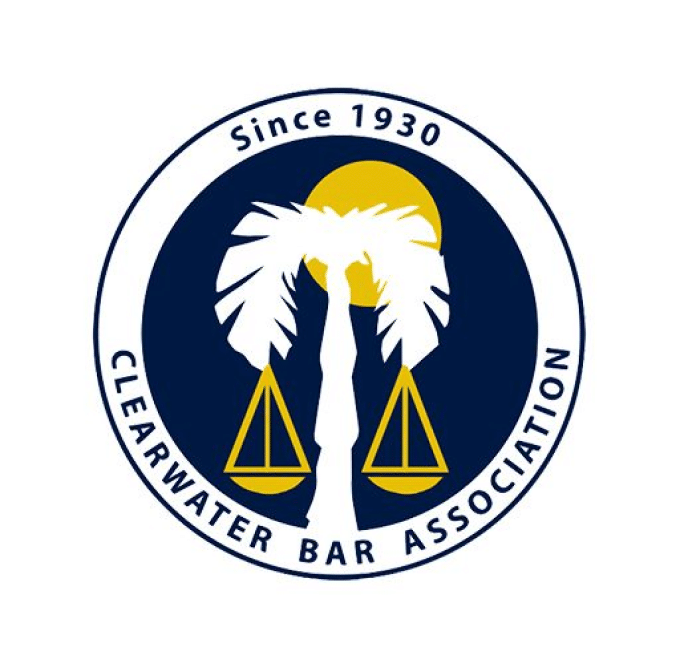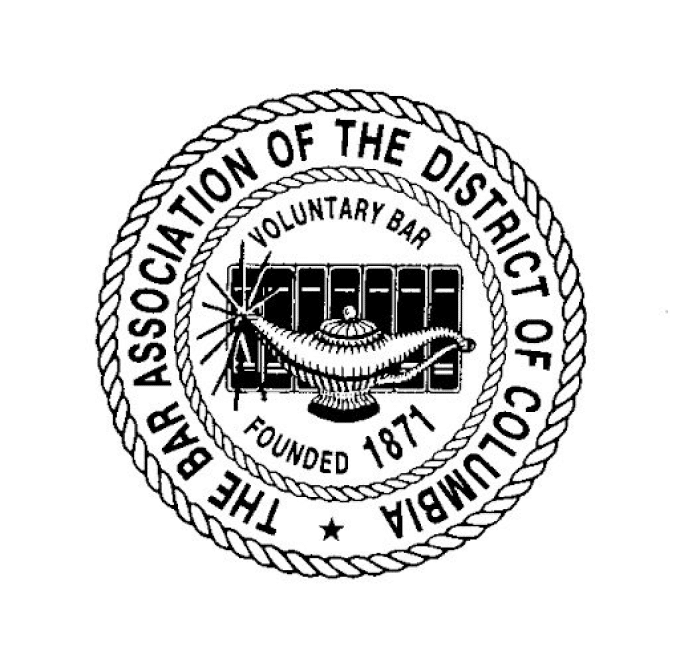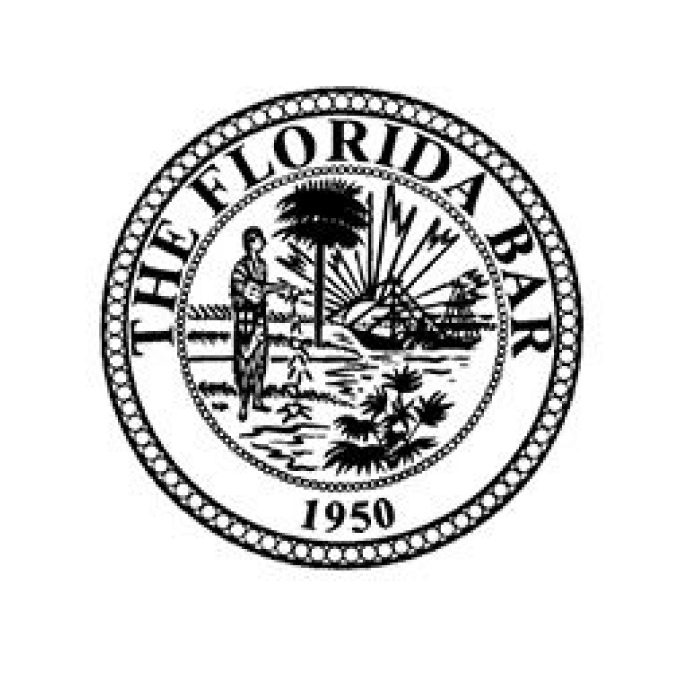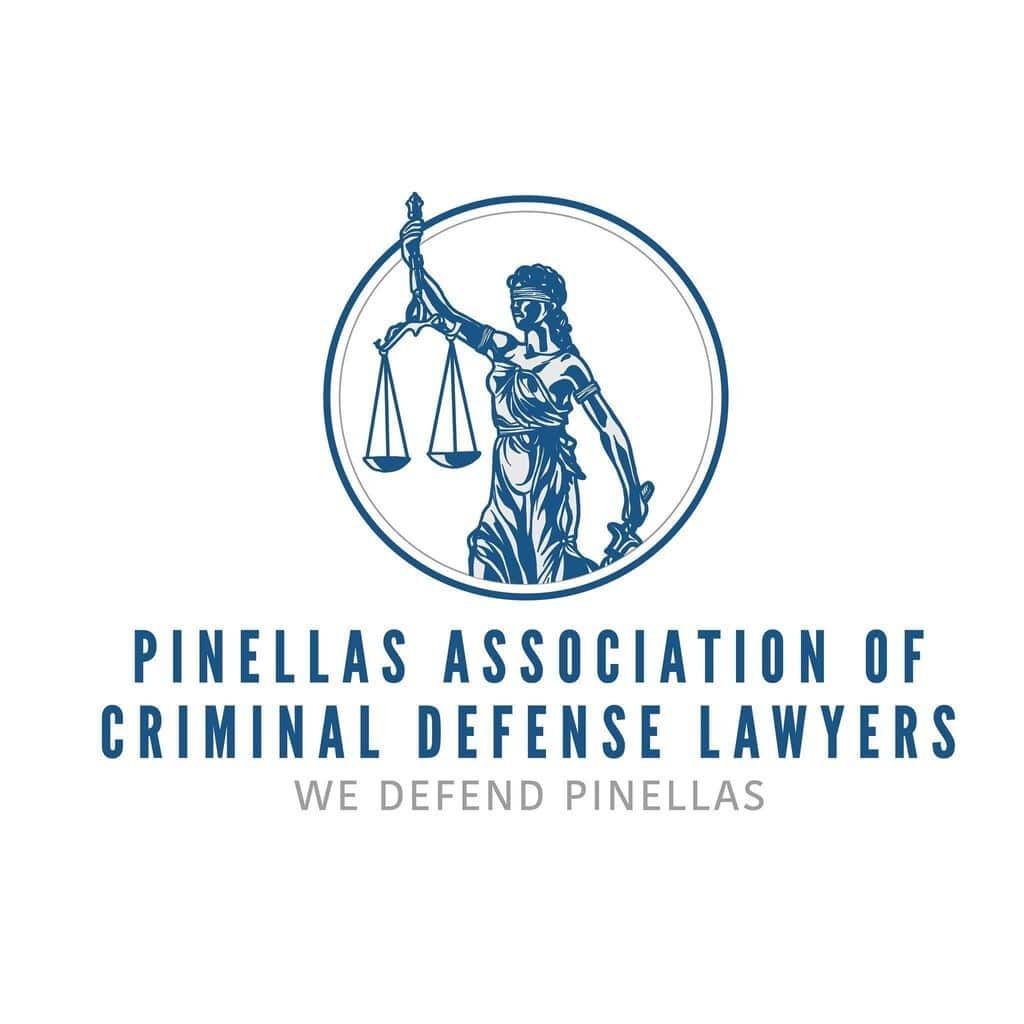Florida’s year-round warm weather makes the state popular with motorcyclists. With more than 620,000 motorcycles, Florida is second only to California in the number of registered motorcycles.
The high number of motorcycles translates into more accidents and fatalities on Florida roadways.
In honor of Motorcycle Safety Awareness Month, we offer these tips to reduce your chances of being in a motorcycle accident, no matter the time of year.
Tip 1: Be Properly Licensed to Ride a Motorcycle
If you have a driver’s license, you will need a motorcycle endorsement to legally operate a motorcycle in Florida. Florida law requires new motorcyclists to pass the Basic RiderCourse before receiving the endorsement. The courses cover strategies and techniques for avoiding accidents and riding safely in multiple environments. The Motorcycle Safety Foundation (MSF) courses for beginner to experienced riders in Florida are provided by sponsors authorized by the Department of Highway Safety and Motor Vehicles (FLHSMV).
Tip 2: Conduct Safety Checks Before Every Ride
Before taking out on the road, check your bike. Check the tire pressure, mirrors, turn signals, fluids, and lights. Look for loose bolts and leaks. Don’t skimp on regular maintenance. Get the recommended oil changes, and chain and suspension adjustments. Watch for brake pad wear and tear.
Tip 3: Be Alcohol and Drug-Free
Safe riding takes complete concentration and control of all your senses – even if you are just going a couple of miles to your destination. Do not ride when you are sleepy.
Tip 4: Obey All Traffic Laws
Motorcycles are far more maneuverable than vehicles, making it tempting to engage in riding behavior that puts yourself, and others, at risk. Weaving in and out of traffic can be dangerous. Zipping up an emergency lane to bypass traffic congestion is never smart. Always use your turn signals and obey speed limits. Follow all lane markings and posted signs. Yield to those who have the right-of-way and don’t cut off others.
Tip 5: Ride Defensively
There is little between a rider and the road. Driving defensively and being vigilant to potential dangers will keep you and your bike safer. Watch for changing road conditions and unstable surfaces. Exercise caution when going into curves. Remember that painted road markings can be slippery. Turn your head and look over your shoulder to ensure you are clear before changing lanes. The narrow profile of motorcycles leaves riders vulnerable to being in the blind spot of a car or truck. Continually scan your environment and what lies ahead. Assume car and truck drivers can’t see you and do your best to predict their behavior. Give yourself more space between other vehicles and have escape plans should someone violate your right-of-way.
Tip 6: Dress for Safety
Shorts, T-shirts, and flip-flops are perfect beach wear but are inappropriate for riding a motorcycle. Jeans are better, but they still offer little protection against injury and road rash from a slide. The best protection is leathers or reinforced jackets, pants, gloves, and over-the-ankle boots. Vented gear helps combat the Florida heat. Always wear a helmet approved by the Department of Transportation. A full-face helmet provides the most protection. If you wear an open-face helmet, glasses or goggles are a must.
Tip 7: Be Visible
With the small size of motorcycles, riders must make an extra effort to make themselves more visible. Your headlight should be on day and night. Include reflective strips or decals on your bike and clothing. When possible, flash your brake light when you are slowing down and before stopping. Use good lane positioning so others can better see you.
Tip 8: Check the Weather
Certain weather conditions make motorcycle riding unsafe. Florida is no stranger to severe storms and strong winds. Visibility is reduced for all vehicles and driving rain on a motorcyclist’s unprotected body adds to the risk. By checking the weather first, you can better predict what you’ll encounter on the roads. Having proper gear for the weather is a must. You might also need to delay your trip or take a different route.
Motorcycle Accident Statistics
A quick overview of motorcycle accident statistics underscores the importance of taking the proper precautions each and every time you ride.
- While there were more fatalities in car accidents, the fatal accident rate per 100,000 motorcycles blew away passenger cars, 59.49 and 15.06, respectively.
- 34% of motorcyclist fatalities involved alcohol impairment.
- 37% of motorcyclists killed in an accident were not wearing a helmet.
- 38% of deaths were in motorcycle accidents where the rider was unlicensed.
- Motorcycle-only accidents accounted for 41.03% of all motorcycle accidents in the U.S.
- Motorcyclists are more often at fault in motorcycle-only and motorcycle-single vehicle crashes. A driver is more often at fault in collisions involving multiple vehicles.
Know Your Rights in a Motorcycle Accident
At Idrizi Law Group, we fight for fair compensation for our clients. If you are injured in an accident caused by someone else, rest assured that our team will use tough negotiation and legal arguments to help you recover damages.
Don’t wait to file a personal injury claim. Florida law requires that most lawsuits be filed within four years of the accident.
Injured in a motorcycle accident that wasn’t your fault? Schedule a consultation with one of our experienced attorneys. Send us a message online or call 707-926-4924.


